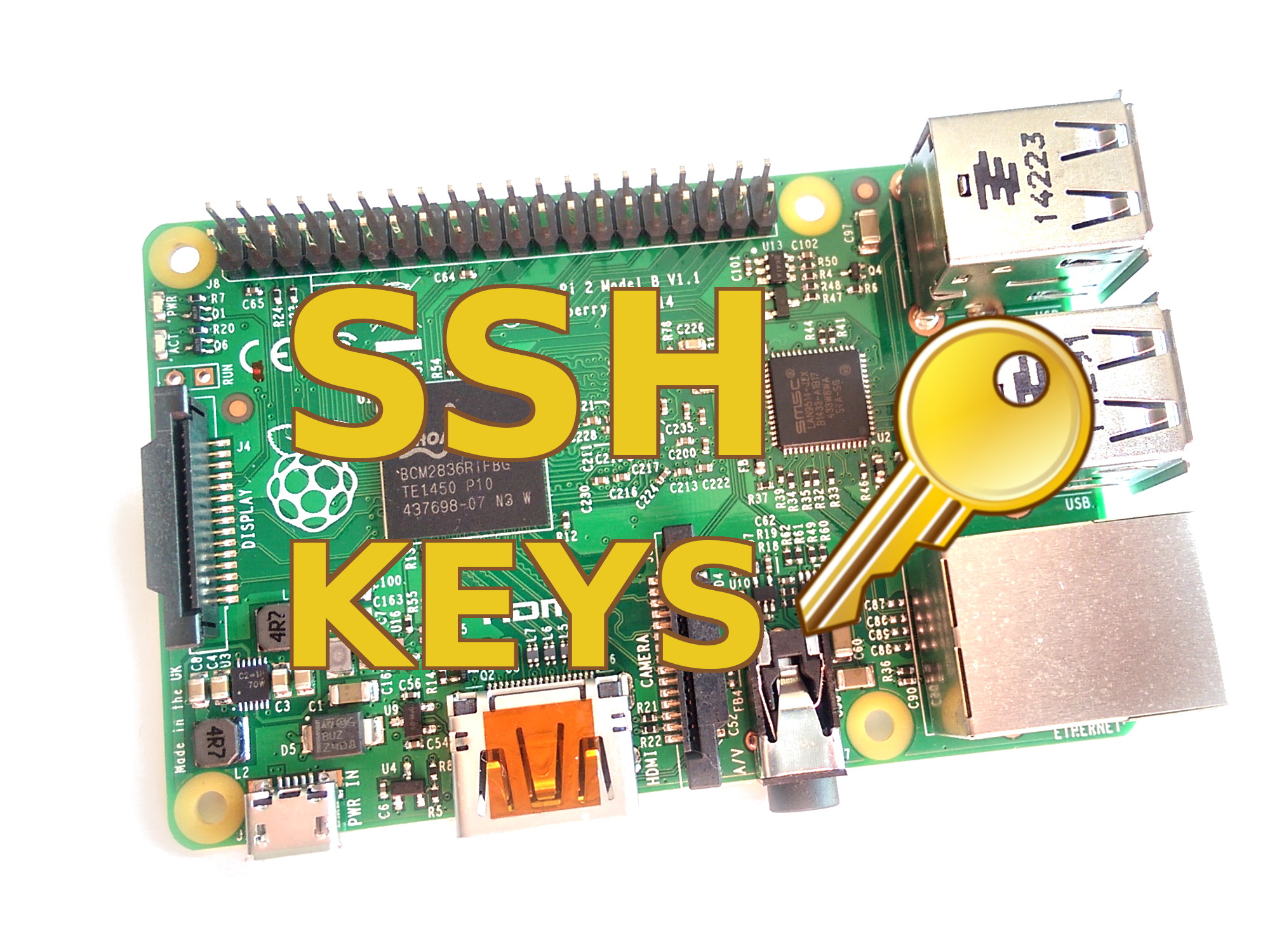Best RemoteIoT VPC SSH Raspberry Pi Free Solutions For Your Projects
In today's interconnected world, setting up a secure and efficient remote access solution is crucial for IoT projects, especially when working with devices like the Raspberry Pi. The term "best remoteIoT VPC SSH Raspberry Pi free" refers to leveraging virtual private cloud (VPC) environments and Secure Shell (SSH) protocols to create a seamless remote management system without incurring excessive costs. Whether you're a hobbyist or a professional, understanding how to implement these solutions can significantly enhance your project's functionality and scalability.
RemoteIoT projects demand robust security and performance, and the Raspberry Pi, with its affordability and versatility, serves as an excellent platform for experimentation and deployment. By utilizing VPC configurations and SSH connections, you can ensure secure communication between your devices and the cloud. This article will guide you through the process of setting up a free yet powerful remoteIoT environment tailored for Raspberry Pi users.
Our focus will be on exploring the best practices for configuring VPC settings, securing SSH connections, and integrating these components into a cost-effective solution. With the growing demand for IoT applications, understanding these concepts is essential for anyone looking to optimize their remote computing capabilities. Let’s dive into the details and uncover the secrets behind building a secure and efficient remoteIoT system.
Understanding RemoteIoT and Its Importance
What is RemoteIoT?
RemoteIoT refers to the practice of managing and monitoring Internet of Things (IoT) devices from a remote location. This involves setting up secure communication channels between IoT devices, such as sensors or actuators, and a central server or cloud platform. For instance, using a Raspberry Pi as a gateway, you can collect data from various sensors and send it to a cloud-based VPC for further processing and analysis.
The importance of RemoteIoT lies in its ability to streamline operations, reduce costs, and improve scalability. By enabling remote access, you can manage devices from anywhere in the world, ensuring that your IoT projects remain functional and up-to-date without the need for physical presence. This is particularly beneficial for large-scale deployments where devices are spread across different geographical locations.
Why Choose Raspberry Pi for RemoteIoT Projects?
The Raspberry Pi has become a popular choice for IoT enthusiasts and professionals alike due to its affordability, flexibility, and extensive community support. Here are some reasons why Raspberry Pi stands out in the realm of RemoteIoT:
- Affordability: Raspberry Pi models are budget-friendly, making them accessible to hobbyists and small businesses.
- Versatility: With multiple GPIO pins and support for various operating systems, Raspberry Pi can be adapted to a wide range of IoT applications.
- Community Support: The Raspberry Pi community offers a wealth of resources, tutorials, and forums to help users troubleshoot and enhance their projects.
- Energy Efficiency: Raspberry Pi devices consume minimal power, making them ideal for long-term deployments in remote locations.
Setting Up a VPC for RemoteIoT with Raspberry Pi
What is a VPC?
A Virtual Private Cloud (VPC) is a private network environment within a public cloud infrastructure. It provides a secure and isolated space for hosting your IoT applications, ensuring that sensitive data remains protected from unauthorized access. When combined with a Raspberry Pi, a VPC can serve as a central hub for managing and processing IoT data.
Steps to Configure a VPC for Raspberry Pi
Configuring a VPC for your Raspberry Pi involves several key steps:
- Create a VPC: Use cloud providers like AWS, Google Cloud, or Microsoft Azure to set up a VPC tailored for your IoT needs.
- Set Up Subnets: Divide your VPC into subnets to organize your devices and optimize network performance.
- Configure Security Groups: Define rules to control inbound and outbound traffic, ensuring that only authorized connections are allowed.
- Connect Raspberry Pi to VPC: Use SSH or other secure protocols to establish a connection between your Raspberry Pi and the VPC.
Securing Your RemoteIoT Environment with SSH
Secure Shell (SSH) is a cryptographic network protocol that ensures secure communication between devices over an unsecured network. When setting up a RemoteIoT environment, securing your SSH connections is paramount to prevent unauthorized access and data breaches.
Best Practices for Securing SSH Connections
- Use Strong Passwords: Implement complex passwords or passphrase-based authentication to enhance security.
- Enable Key-Based Authentication: Replace password-based authentication with SSH keys for added security.
- Disable Root Login: Restrict direct root access to prevent potential attackers from gaining administrative privileges.
- Update Software Regularly: Keep your Raspberry Pi's operating system and SSH software up to date to address any vulnerabilities.
Free Solutions for RemoteIoT VPC SSH Raspberry Pi
There are several free solutions available for setting up a RemoteIoT environment using VPC and SSH with a Raspberry Pi. These solutions cater to both beginners and advanced users, offering flexibility and scalability without the need for significant financial investment.
Top Free Tools for RemoteIoT
- NGROK: A popular tool for creating secure tunnels to your Raspberry Pi, enabling remote access without exposing your device to the public internet.
- Cloudflare Tunnel: Offers a secure and easy-to-use solution for exposing your Raspberry Pi to the internet without opening firewall ports.
- Apache Guacamole: Provides a web-based SSH client that allows you to manage your Raspberry Pi remotely through a browser.
Case Studies: Successful RemoteIoT Implementations
Several organizations and individuals have successfully implemented RemoteIoT solutions using Raspberry Pi and VPC configurations. These case studies highlight the potential of these technologies in real-world applications:
Case Study 1: Smart Agriculture
A small-scale farming operation utilized Raspberry Pi devices equipped with soil moisture sensors to monitor crop conditions. By setting up a VPC and SSH connections, the farmers were able to remotely manage irrigation systems, ensuring optimal water usage and crop health.
Case Study 2: Home Automation
An individual integrated multiple Raspberry Pi units into a home automation system, controlling lights, thermostats, and security cameras through a centralized VPC. The SSH-based setup allowed for secure remote access, enhancing convenience and security.
Troubleshooting Common Issues in RemoteIoT VPC SSH Raspberry Pi
While setting up a RemoteIoT environment, you may encounter various challenges. Here are some common issues and their solutions:
- Connection Errors: Ensure that your Raspberry Pi's IP address is correctly configured and that firewall rules allow SSH traffic.
- Authentication Failures: Verify that your SSH keys are correctly installed and that password-based authentication is disabled.
- Network Latency: Optimize your VPC settings and use tools like NGROK or Cloudflare Tunnel to reduce latency and improve performance.
Future Trends in RemoteIoT and Raspberry Pi
As technology continues to evolve, the future of RemoteIoT and Raspberry Pi looks promising. Emerging trends such as edge computing, 5G connectivity, and AI-driven analytics are set to revolutionize the way we interact with IoT devices. By staying informed about these advancements, you can position yourself at the forefront of innovation in the RemoteIoT space.
Conclusion
In conclusion, setting up a "best remoteIoT VPC SSH Raspberry Pi free" solution offers numerous benefits for IoT enthusiasts and professionals alike. By leveraging the power of VPC configurations, SSH protocols, and Raspberry Pi devices, you can create a secure and scalable remote management system tailored to your specific needs.
We encourage you to explore the resources and tools mentioned in this article and experiment with different configurations to find the best setup for your projects. Don't forget to share your experiences and insights in the comments section below, and consider exploring other articles on our website for more valuable information on IoT and related technologies.
Table of Contents
- Understanding RemoteIoT and Its Importance
- Why Choose Raspberry Pi for RemoteIoT Projects?
- Setting Up a VPC for RemoteIoT with Raspberry Pi
- Securing Your RemoteIoT Environment with SSH
- Free Solutions for RemoteIoT VPC SSH Raspberry Pi
- Case Studies: Successful RemoteIoT Implementations
- Troubleshooting Common Issues in RemoteIoT VPC SSH Raspberry Pi
- Future Trends in RemoteIoT and Raspberry Pi
- Conclusion
Article Recommendations

